Table of Contents
What Is Conversion Rate?
How to Calculate Conversion Rate: 3 Proven Formulas
How Often to Calculate the Conversion Rate
Conversion Rate Optimization (CRO): How to Improve Conversions
Now You Know How to Calculate Your Conversion Rate!
Conversion rate is a critical metric that can help you find out your return on investment, predict sales, and discover whether there are any problems in your sales funnel.
Unfortunately, calculating it may be difficult – since there are a lot of different ways to do so.
In this post, you’ll discover the three main formulas for calculating conversion rate and also a few valuable tips to maximize it.
(the strategies we used to drive the conversion rate by over 50%.)
Let’s get started!
What Is Conversion Rate?
Conversion rate is a marketing metric that refers to the percentage of leads who have performed the desired action or goal.
The action can be anything from subscribing to your email list, trial sign-up, or a purchase.
What Is the Average Conversion Rate?
The conversion rate varies considerably from industry to industry, but there are industry standards that can help you determine how well you compare.
Here is the average conversion rate for most popular industries from analyzing 44,000 landing pages.
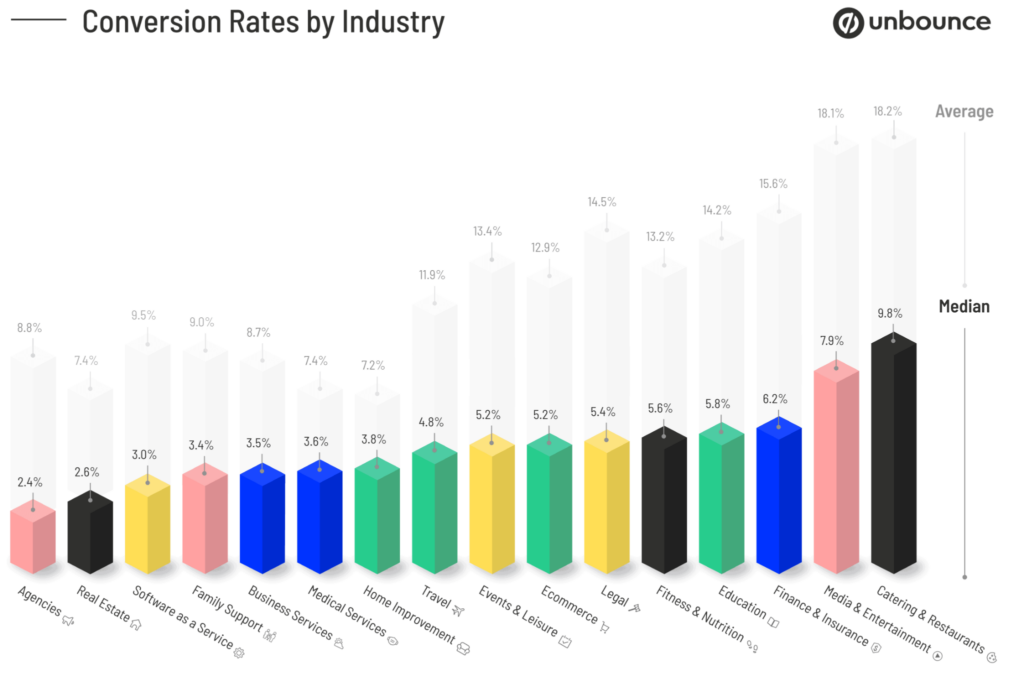
Let’s now calculate yours so you can see how well you stack up.
How to Calculate Conversion Rate: 3 Proven Formulas
There are a lot of ways you can calculate your conversion rate.
It all depends on your preference; the desired goal leads should complete, and the type of data you have at hand.
#1: Conversions & Sessions
This formula relies on calculating the conversion rate based on the number of sessions – a time period in which a user is on your website.
Conversion Rate = Total number of conversions / Total number of sessions * 100
You can get the number of sessions directly from Google Analytics in the Audience → Overview Section.
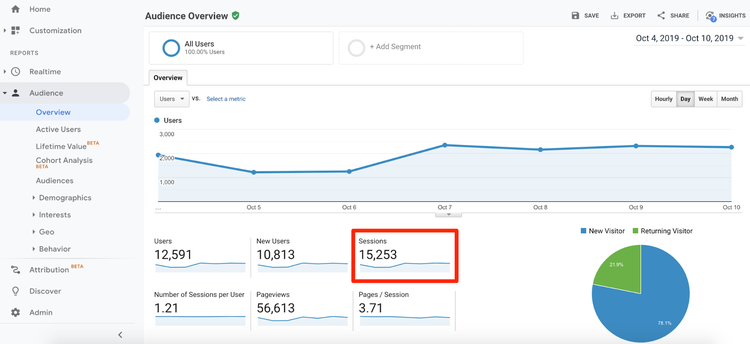
You’ll then just plug it into the formula, and you can easily calculate the conversion rate.
#2: Conversions & Unique Visitors
This formula relies on calculating the conversion rate based on the unique visitors.
It is especially great if you’re testing new things on your website and want to see what kind of effect it has on acquiring new customers.
Conversion Rate = Total number of conversions / Total number of unique visitors * 100
You can get the number of unique visitors from Google Analytics as well. You just have to head over to the Audience → Behavior → New vs Returning section.
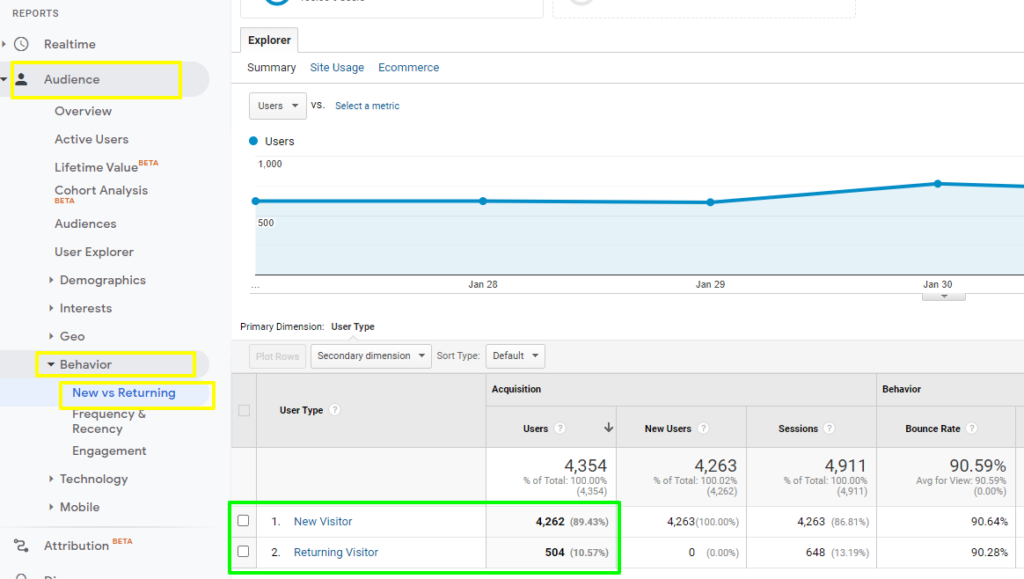
You’ll then just plug it into the formula and you can easily calculate the conversion rate.
#3: Conversions & Leads
This formula relies on calculating the conversion rate based on the number of leads.
If you’re looking to find out whether you have high-quality leads or your funnel works seamlessly, this is the formula to go with.
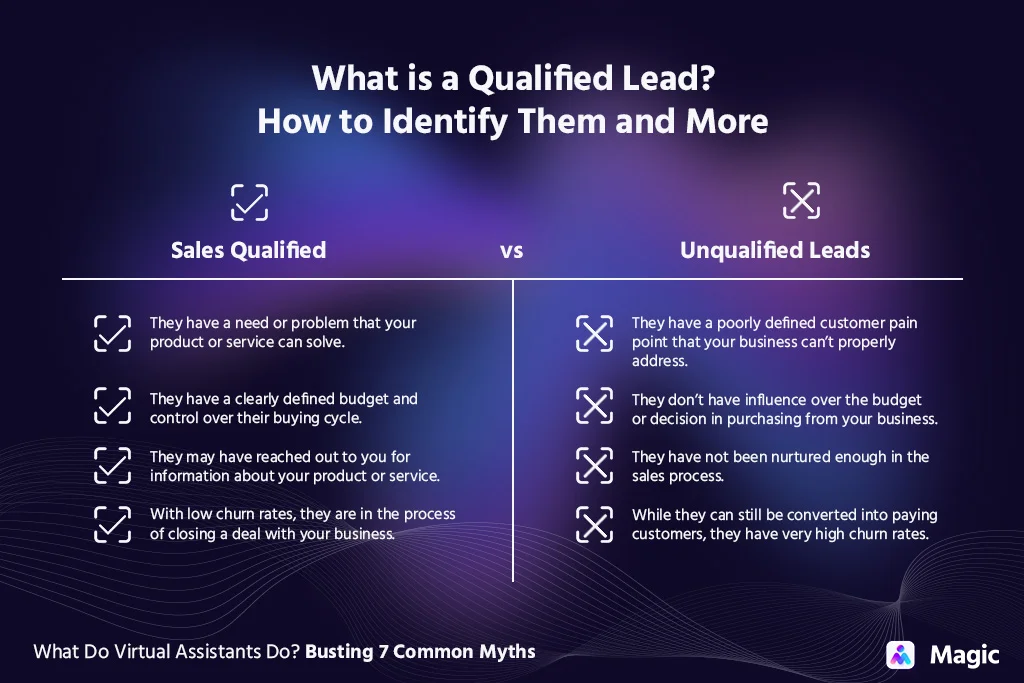
Here is the formula:
Conversion Rate = Total number of conversions / Total number of leads * 100
Unfortunately, unlike other methods, there is no way to get the number of leads from Google Analytics. But, you can get this metric from Checkout Champ!
It’s right there on the main dashboard.
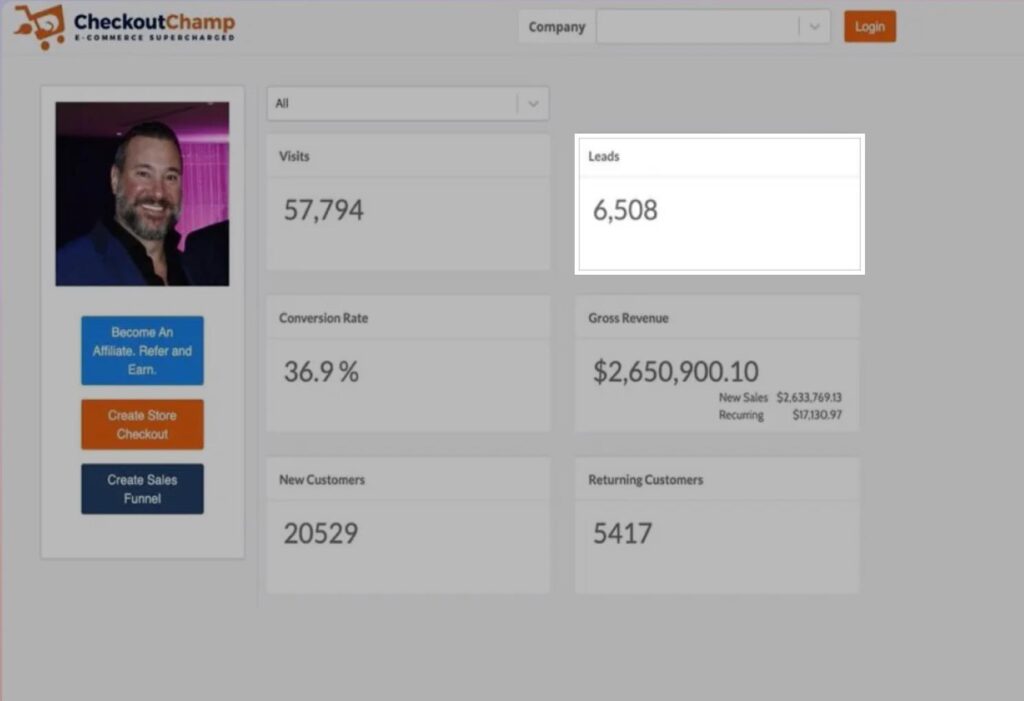
You’ll then just plug it into the formula and you can easily calculate the conversion rate.
Don’t Want to Waste Time Calculating?
Checkout Champ calculates the conversion rate for you – so you can just sit back and focus on the stuff that really matters.
It’s calculated in real-time and adjusted by other metrics like the number of leads, actions taken, etc.

Book a demo with us today and get your conversion rate now!
How Often to Calculate the Conversion Rate
Calculating the conversion rate is not a one-off job.
Instead, it’s a valuable metric you should regularly check up on since it can help you with:
-
Discovering any problems in your funnel
-
Seeing how fast you grow
-
Predicting future sales
The industry standard is to measure conversion rate on a weekly or monthly basis.
As your traffic increases or your business changes, this might be a variable that you consider adjusting to a more frequent schedule.
Conversion Rate Optimization (CRO): How to Improve Conversions
Conversion rate optimization is the process of optimizing your website for the highest conversion rate.
If done correctly, it can help you to:
-
Boost sales
-
Decrease acquisition costs
-
Improve customer lifetime value
…and so much more.
Here are some of the most powerful strategies to maximize your conversion rate.
-
Make Speed a Priority. Conversion rates are 3X higher for e-commerce sites that load in 1 second
-
Offer Upsells, Cross-Sells & Down-Sells. 73% of marketers say that upsells and cross-sells increase their revenue by 30%
-
Leverage Urgency & FOMO. Countdown timers and limited-time offers create a sense of consequence and fear of missing out. The presence of the timer alone created an 8.6% lift in conversions
-
Recover Abandonment Purchases. The average cart abandonment rate across all industries is 70%. Fortunately, if you know what you’re doing, you can save a large amount of these customers
-
Add Testimonials. Testimonials can increase conversions on sales pages by 34%.
You can learn more about each of these strategies as well as practical ways to apply them to your business in our complete guide on conversion rate optimization.
Now You Know How to Calculate Your Conversion Rate!
Knowing your conversion rate is critical to see whether your business is moving in the right direction and ensure you’re being profitable. Unfortunately, most professionals have no idea what their conversion rate is – which can lead to bad decisions and loss in sales. Now you know the best ways to calculate it so you can prevent this from happening!
You’ve also learned about the most effective ways to boost your conversion rate.
Looking to step it up a notch and push your conversion rate even further?
Checkout Champ is the best e-commerce platform out there. It has the fastest load time of under one second (10X faster than your current platform), 99.9% uptime, and an elite arsenal of tools to help you make your conversion rate and sales on-point.
If you want to maximize your conversion rate, we are the platform for you!
Book a demo and skyrocket your conversions now.


